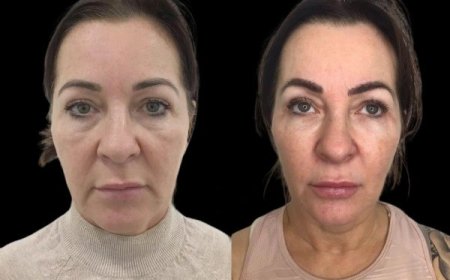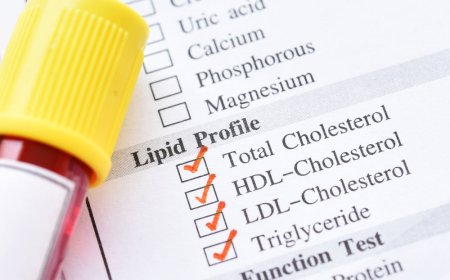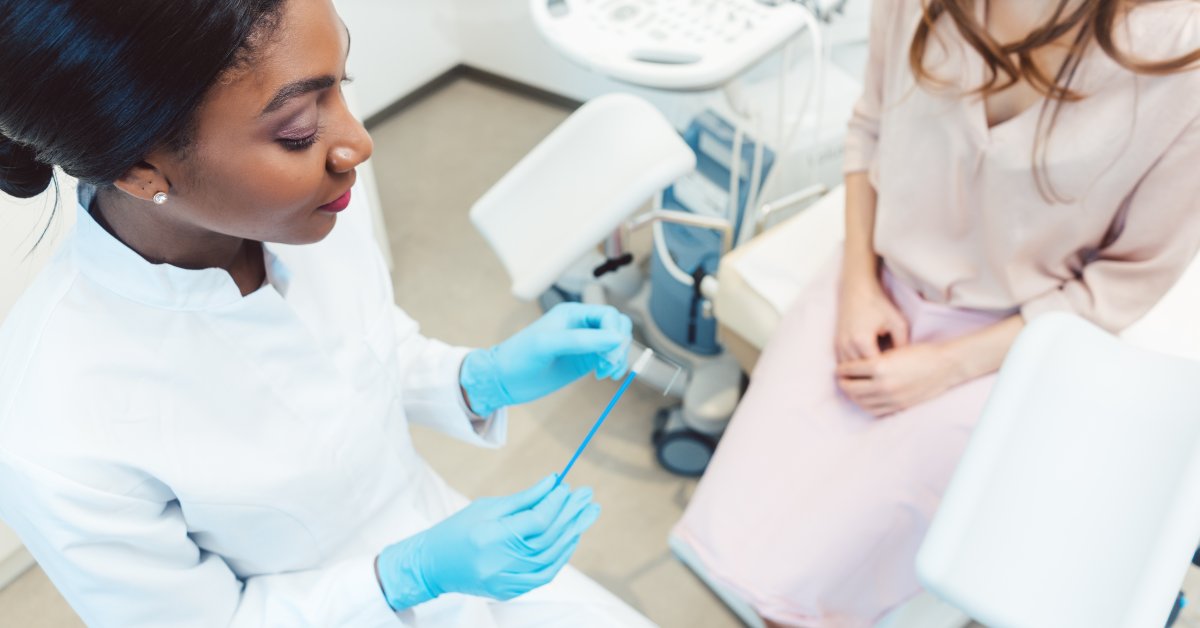What Are the Best Tips for Ankle Brace Recovery in 2025?
Ankle brace recovery in 2025 isn't just about immobilization—it's about smart, active rehabilitation. Start with proper support, advance through mobility and strength phases, and reignite proprioception before returning to full activity.

1. Choose the Right Brace & Wear It Correctly
Selecting the appropriate typecompression sleeve for mild support, lace?up for moderate stability, or rigid brace for serious sprainsis crucial. Fit the brace snugly over a thin sock, position it per the manufacturers instructions, and adjust tension based on activity level. Use it during weight-bearing and sport, but remove it during rehab exercises to rebuild natural muscle control .
2. Employ PRICE/Modified RICE Early On
In the first 4872 hours, focus on Protection (brace or immobilization), Rest, Ice (1020?minutes wrapped), Compression, and Elevation. Recent evidence shows that gentle movement even early on speeds recovery more than immobilization alone . Ice remains a useful tool for managing initial swelling and pain.
3. Start Mobility and Strength Training Early
Within days, begin gentle range-of-motion exercisesankle circles, alphabet writing, dorsiflexion/plantarflexion stretchesdone 23 times daily. Once pain permits, incorporate resistance band exercises (inversion, eversion, dorsiflexion, calf raises), aiming for 21015 reps daily.
4. Retrain Proprioception & Balance
Balance work is vital to prevent re-injury. Begin with single-leg stands (eyes open?closed), progress to unstable surfaces like pillows, then wobble boards. A typical progression lasts ~30 daysfrom double to single legensuring the brace is only worn during activity, not during rehabilitative standing practice .
5. Wean Off Brace & Add Functional Training
As strength and balance improve, gradually reduce brace usebeginning with less demanding activities and extending to sports drills . Advance to functional exercises: heel-toe walking, lateral shuffles, single-leg hops, eventually sport-specific moves . Continue icing and compression if swelling reappears.
? Modern Boosters for 2025
-
Combined Ice & Heat: Heat after swelling has diminished to promote circulation, alternating with ice if helpful
-
Physical Therapy Customization: A tailored rehab plan from a PT optimizes outcomes .
-
Nutrition & Hydration: Protein, calcium, vitamin D, and fluids support tissue repair.
-
Footwear Strategy: Supportive trainers (e.g., Hoka Bondi, New Balance) and compression socks reduce swelling and aid transition off the brace.
? Summary Table
| Tip | Why It Matters |
|---|---|
| Proper brace selection & use | Allows early protection without inhibiting rehab |
| PRICE/RICE early | Controls swelling and supports healing |
| ROM & resistance exercises | Prevents stiffness and builds strength |
| Proprioception training | Reinstates natural stability |
| Weaning + functional drills | Restores full mobility and prevents recurrence |
Final Thoughts
Ankle brace recovery in 2025 isn't just about immobilizationit's about smart, active rehabilitation. Start with proper support, advance through mobility and strength phases, and reignite proprioception before returning to full activity. Paired with diet, footwear, and professional guidance, this approach ensures a resilient, re-injury-resistant ankle ready for tomorrow.

































